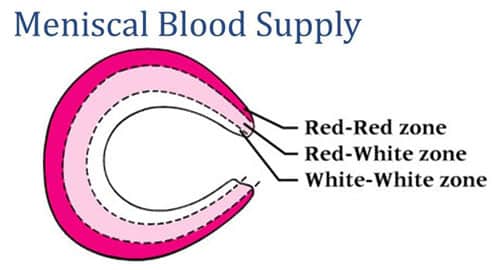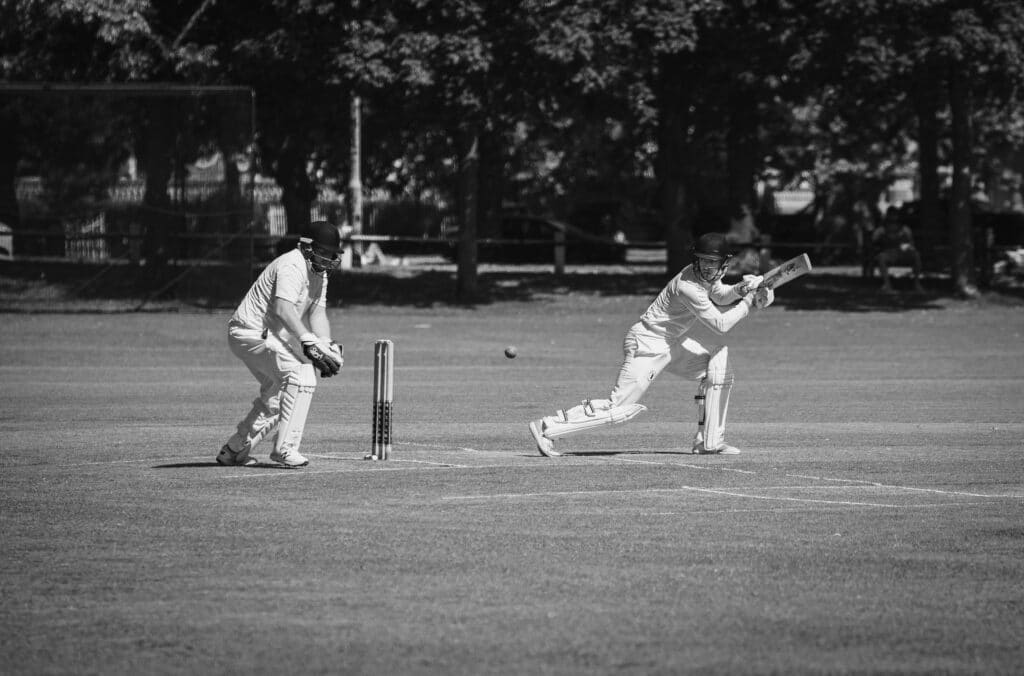What we’ll cover
Meniscal Injuries – What are they and how are they best treated?
Meniscus and cartilage injuries are a common knee injury that can occur from a specific injury or gradually as part of the normal wear and tear to the knee joint. Our physiotherapist Sarah Yule examines the best way to treat meniscus injuries.
What is the mensicus?
The knee is a hinge joint structured to allow for two main movements: extension (straightening) and flexion (bending) of the knee. The knee has two C-shaped menisci that sit between the tibia (shin bone) and femur (thigh bone) and assist in absorbing and distributing force as well as stabilising the knee.
How does a meniscus tear happen?
Meniscal tears can either be traumatic or degenerative in nature. A traumatic meniscal injury typically occurs as a result of twisting the knee in a slightly flexed/bent position and most commonly occurs in sports involving pivoting/ change of direction movements. Degenerative meniscal tears occur as part of normal progressive wear in a joint, and in the older adult the tear may be related to the natural degeneration of the meniscus that occurs with age.
How do you know if you have a torn meniscus in your knee?
Pain is commonly experienced when a meniscus is injured, with twisting, bending or straightening the knee common movements that may bring on your pain. Swelling may occur either immediately following the injury or progressively over the ensuing hours. You may also experience clicking or locking symptoms.
Whilst there is usually pain with during squatting or twisting movements, unless the injury has caused locking of the knee, many people are still able to walk, sit and sleep without significant discomfort.
Can a meniscus tear heal on its own?

There are many different types of meniscal injury as shown in the diagram above. The most common type of meniscal injury is a radial tear. A degenerative or complex tear, involves a combination of different tear patterns and therefore due to its complex nature are often more effectively treated with conservative physical therapy rather than surgical intervention. A bucket handle tear on the other hand is often responsible for causing a physical locking of the knee restricting knee mobility and function, and thus surgical intervention is often warranted.
The location of meniscal injury will additionally affect the healing prospects of your meniscal injury, with a rich blood supply increasing healing success. As pictured, the outer third of the meniscus has a greater blood supply and thus greater healing capabilities compared to the inner third which has a poorer blood supply and thus poorer healing capabilities.

Can physio help a torn meniscus?
The majority of meniscal injuries can be effectively treated with a comprehensive 6-8 week period of physiotherapy, depending on the extent of your injury and the individual. Your physiotherapist will initially work on reducing your pain and inflammation, and work to restore your knee range of motion and muscle length. As your pain reduces and your function begins to improve, the focus of physiotherapy will transition towards a specific and graded exercise program focusing on building the strength and proprioception of your knee and ultimately geared towards returning you to your favourite activity or sporting goals.
If you are experiencing knee pain or have a meniscal injury call us or book online to make an appointment with one of our physiotherapists today. When assessed and treated early, it results in reduced recovery time and improved long term outcomes.


